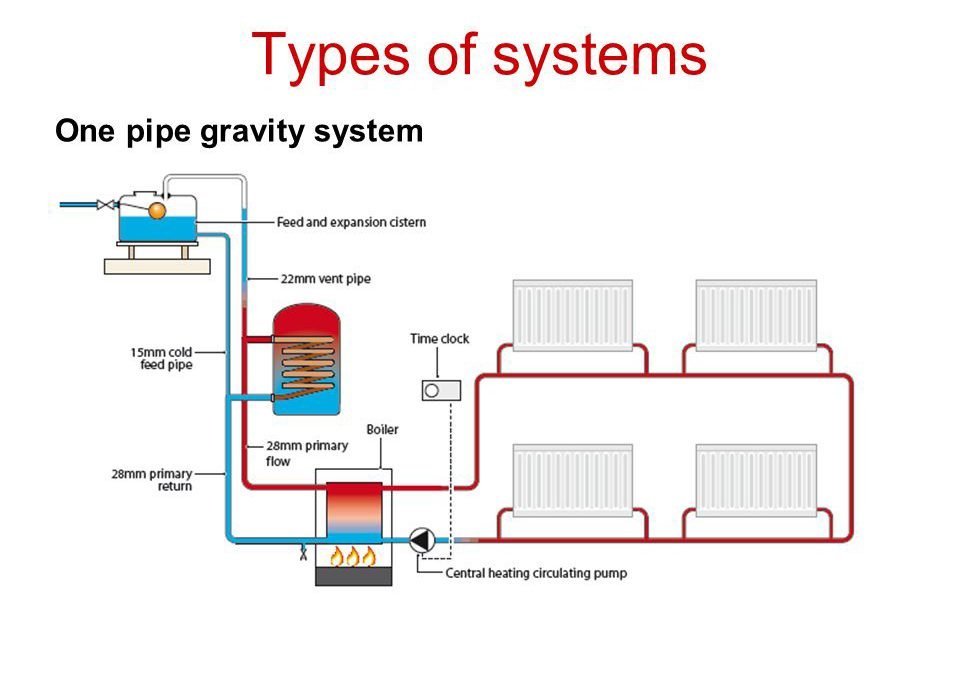When the first central heating system was introduced it literally revolutionized home comfort levels when the first one was installed many years ago. It took having to heat different areas around the house in different ways to entire home heating now being controlled from one convenient central location. As with any good discovery, it was then improved and perfected over the years to the efficient and state of the art systems that are being installed today. Here are some of the different types of central heating systems available today.
Central Heating System Types
1. Wet Heating System
Wet heating systems have water pass through a heating source and then distribute the heat throughout a house through piping. Most typically this piping is laid under the floor of a home or apartment or the heat can be distributed through the means of radiators spread throughout the home. It produces heat through convection so the heat is distributed evenly throughout the space in a room.
This type of central heat system usually uses gas or oil as a heating source and in very rare cases, depending on the local supply, they can use wood chips or coal pellets as the heating source too.
They work by means of a boiler system or a combo-boiler system (which gives them the advantage of taking up less space and heats the water in the home too). These are very popular throughout Europe.
2. Forced Air
These are systems that heat the air that is passed through them and then that air is circulated throughout the home by means of a fan in combination with ductwork that goes to each room. This process can be done by using electricity, natural gas, oil or any other type combustible material if set up properly.
A forced air central heat system has the advantage of being able to have an air conditioning unit attached to it also as the existing ductwork provides a means to distribute the cooler air too. They remain among the most popular heating options in North America and their efficiency has improved greatly over the last decade (nowadays they are typically in the 85% – 97% efficiency range).
3. Heat Storage
This type of central heat system can be very economical if the owner of it lives in an area where electricity is cheaper at night and off peak hours. They are able to distribute heat long after the initial heating process takes place because the system uses bricks to capture the heat produced and then store it for a long time.
The system controls the heat through central wiring controls hooked to thermostats that control when and how much of the stored heat is released. They will typically have a cistern built into them which also heats the water in a home too. They distribute the heat through radiators that have the capability to supplement the stored heat with the use of instant electrical heat if necessary. These are the least popular of all the central heating system.
No matter what system a person chooses for their individual needs each type of system has its purpose and will work well for them.

